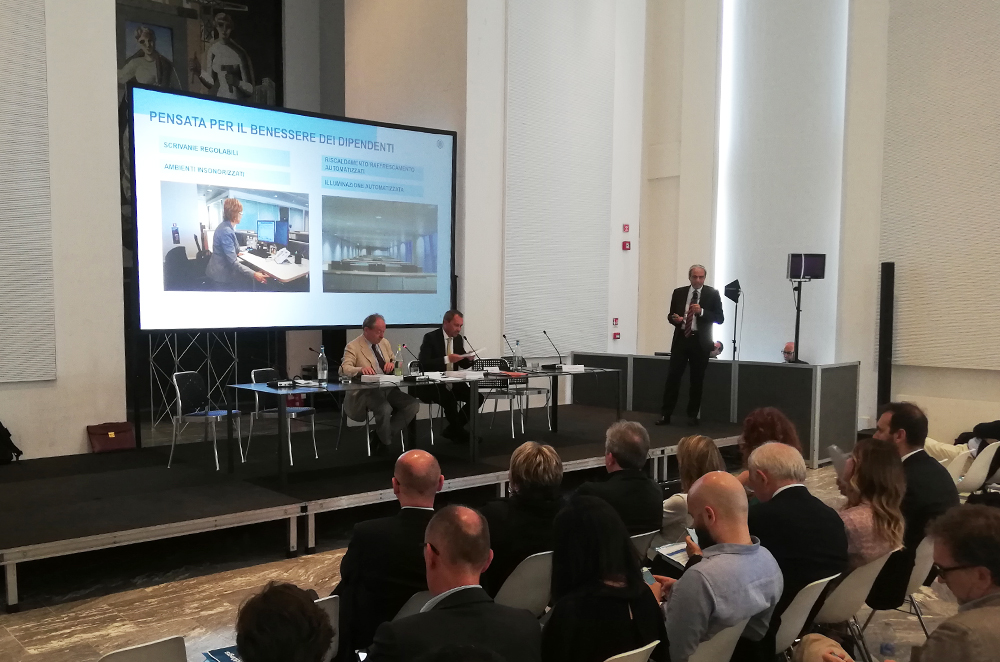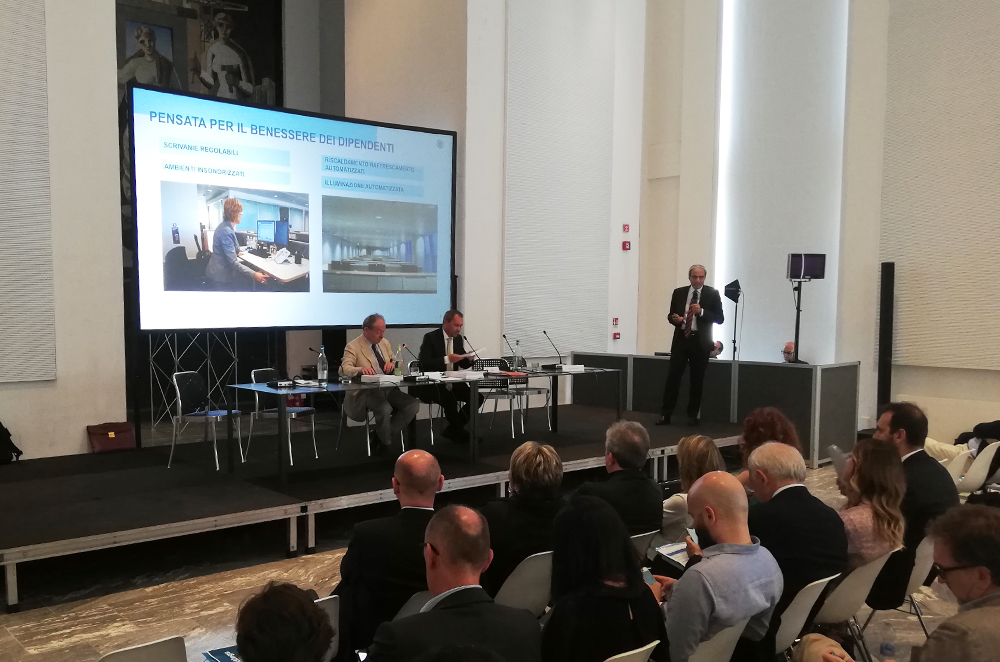9th International Tall Buildings Conference, Milan
We sponsored the 9th International Tall Buildings Conference, which took place in Milan on Tuesday 25th June
According to Aldo Norsa, formerly a tenured professor at the Università Iuav of Venice:“A cross-sector theme that has emerged is the buildings’ contribution to the renewal of cities, encouraging regeneration of denser and more problematic residential areas. The problems come from forms of contamination spreading where endless urban built-up areas are paired with architecture growing vertically. They fail to integrate with the environment, to relate to one another. Instead, to develop a relationship between urban morphology and building typology (tall) it is possible to give the latter an iconic value with added insertion value. Thus, to relate to its context with less self-referential architectural shapes which capture the differences between places connecting modern technical know-how through a functional and typological change that resolves any kind of complex problem. This means for building vertically to become a paradigm of modernity, stimulating for the three attributes that most characterise it: effectiveness/efficiency, a relationship with mobility and to not waste surface space.Among the most thought-provoking considerations, developed at the Università Iuav di Venezia in partnership with the CTBUH, is the “time challenge”, because the height race (much more frenetic in developing Countries) shines a light on the overwhelming problem of demolition. A CTBUH study on a hundred tall buildings so far demolished across the globe shows that only two were taken down because of structural obsolescence while the main cause appears to be dilapidation, especially in terms of functionality. […] Finally, during the nine “Tall Buildings” conferences, to complete the themes of architectural design, specific technological aspects are also tackled, including the above-mentioned “time challenge”, discussed in terms of a cost analysis of the entire lifecycle, aware of the fact that functional obsolescence is much faster than technological and requires solutions where architecture and engineering are in close dialogue.”



